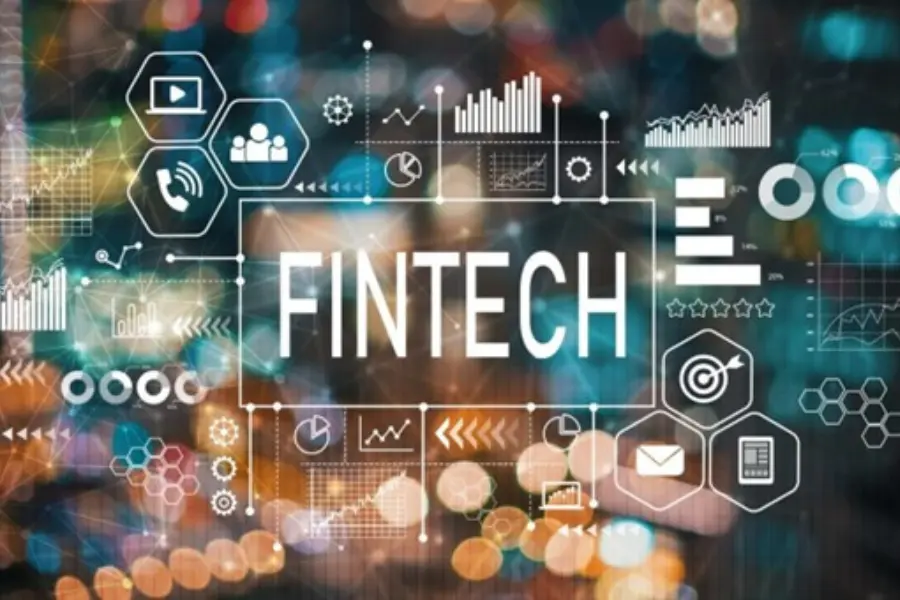Think of a global trend that has existed for centuries. What does that trend allow us to do that we could not do before?
Trends are fundamentally shaping global progress. Financial technology has risen from humble beginnings to become a pivotal aspect of our daily lives.
Fintech start-ups have upended the world of banking and investing, and it will only continue. They’re shifting the entire structure of the global economy by changing how people think about money.
So, are you wondering what to expect shortly? Continue reading to explore fintech trends you don’t want to miss out on!
Payment Aggregators
A payment aggregator is a payment service provider that facilitates payments and e-commerce activities between merchants, buyers, and financial institutions. It is a type of financial technology service that enables merchants to accept payments without having to get a merchant account with a bank.
The customer completes their purchase on the merchant’s website. The merchant’s website submits the payment information to the payment aggregator. The merchant’s bank authorizes the payment.
The payment aggregator initiates a payment from the customer to the merchant’s bank account. The customer will receive a notification of payment confirmation. It offers safety, speed, and convenience for buyers and merchants alike.
But, a few key considerations need to be considered so that merchants can avoid the most common pitfalls. Before choosing your Payment Aggregator, take some time to research the company. Understand the pros and cons, the fees, and the services it offers.
Consider their payment method, pricing, and features when making a decision. Perform test transactions to ensure everything is working and detect any issues early on.
Crowdfunding Platforms
Crowdfunding Platforms are a type of FinTech that allow users to pool money to fund projects. A task initiator creates a project profile on the crowdfunding platform. This profile outlines the details of the proposed project, the amount of money needed for the project, and how funds will be used.
It is essential to make an effective campaign to build momentum and draw attention to the project. If the crowdfunding decides to support, they can pledge to make a financial contribution.
Once the required funds are raised, the contributor will release funds, and the initiator can use the money for the project and will post updates about it. Also, it would be an excellent idea to create a thank you page for all the backers with rewards for different contribution levels.
There are some steps one can take to ensure success to avoid any potential drawbacks. Starting to understand fees before choosing a platform, as some companies are associated with funding. Consider the legalities to ensure you’re safe from unseen problems.
Application of AI & Machine Learning
AI and Machine Learning can help detect patterns in financial data that would be impossible for a human to identify. The technology can also help to detect fraud and predict customer behavior. The first step is to get the necessary training data to train the AI algorithms through the use of public data sources or through data collection from clients and customers.
Double-check the data to ensure it is accurate and reliable for modeling. Relevant features then need to extract from the data for creating models. Afterward, train the models to evaluate their performance.
It’s important to track the performance of the models and to re-train them with new data as trends change. This is a continual process to ensure optimal performance and the most accurate predictions.
Biometric Authentication
It uses biological traits such as fingerprints, irises, faces, and voices to grant or deny access. Every user must go through the process of registering their biometrics. Each user records their biometric information into a secure system that stores and encrypts the data.
The user provides their biometric info which is then validated against the stored data. If the biometrics match, the identity is verified and the system grants access.
Here are some steps you can take to help avoid the drawbacks. Make sure you are using the latest technology and software to protect your device.
Use two-factor authentication on your device to add an extra layer of security. Don’t store your biometric data on your device or in the cloud. Use a VPN to encrypt traffic to and from your device.
Blockchain Technology
In the fintech industry, blockchain technology maintains a secure and transparent ledger to record financial transactions. It provides a single source of truth that is both tamperproof and reliable. It eliminates any middleman or third-party provider needed for the transaction.
The first step is when a party initiates a transaction, for example sending a payment. The transaction is then validated and broadcast onto the network.
Nodes in the network will then verify the transaction and once complete a new block of data is created. The network will come to a consensus on the new block of transactions and it is then added to the existing chain of blocks. The new transaction is now visible on the blockchain and the sender’s asset is transferred from the sender’s wallet to the receiver’s wallet.
With the rapid growth of fintech, there is a question of how much trust you should put into it. Better read the full article here for more information.
Fintech Trends Encourage Security
The surge in fintech trends makes it clear: Security is a key focus in the industry. In many ways, fintech is driving safer solutions as companies commit to meeting regulations while crafting intuitive solutions.
With these trends in mind, it’s important to stay up-to-date with the latest security measures. Reach out to a fintech specialist today to develop a secure financial strategy.
If you find this article helpful and want to read more great content, check the rest of our blogs.




![F95Zone Games - The Ultimate Guide for 2021 [F95Z Guide] 5 F95Zone Games](https://knowworldnow.com/wp-content/uploads/2021/07/ArTtW5LrK3b-z-0-y-637f48d86203817a9042a857.webp)